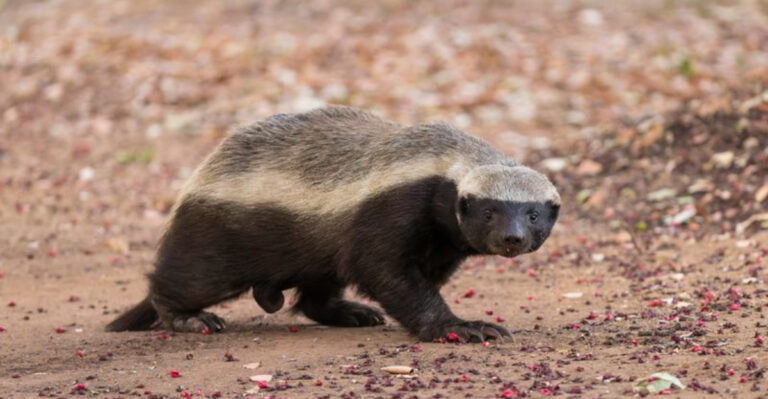14 Wild Animals That Have Adapted Their Behavior Because Of Humans
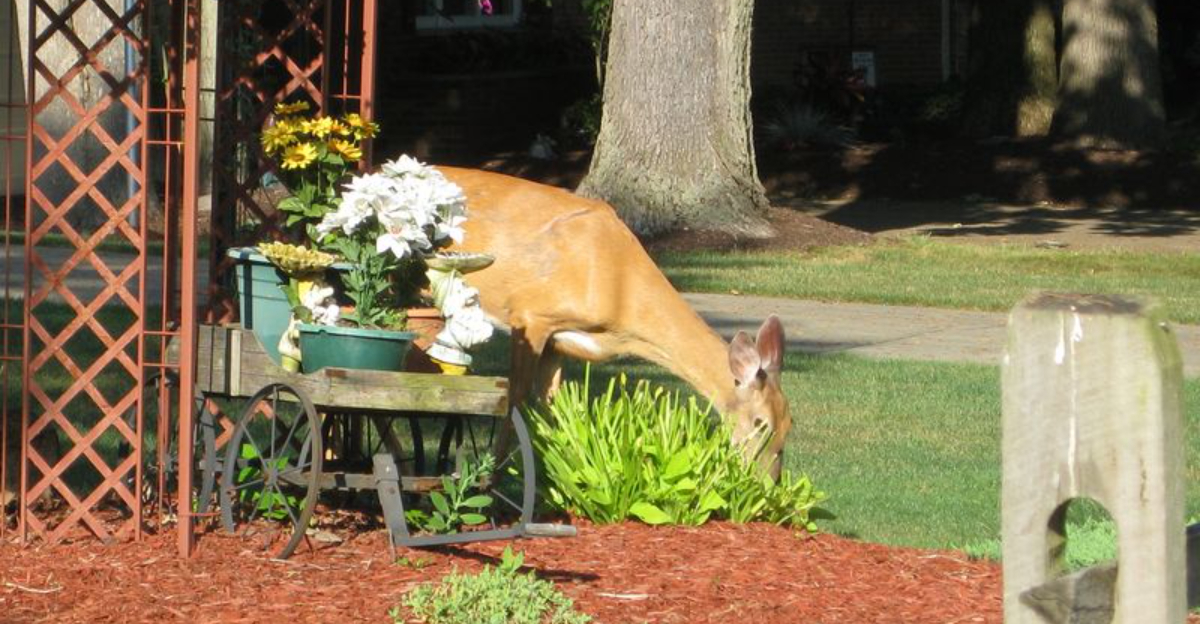
Animals have an amazing ability to adapt to changing environments, especially those altered by humans. As we’ve expanded our cities and changed natural landscapes, wildlife has found creative ways to survive alongside us.
From clever problem-solving to completely new behaviors, these 14 animals show just how resourceful nature can be when faced with human challenges.
1. Coyotes
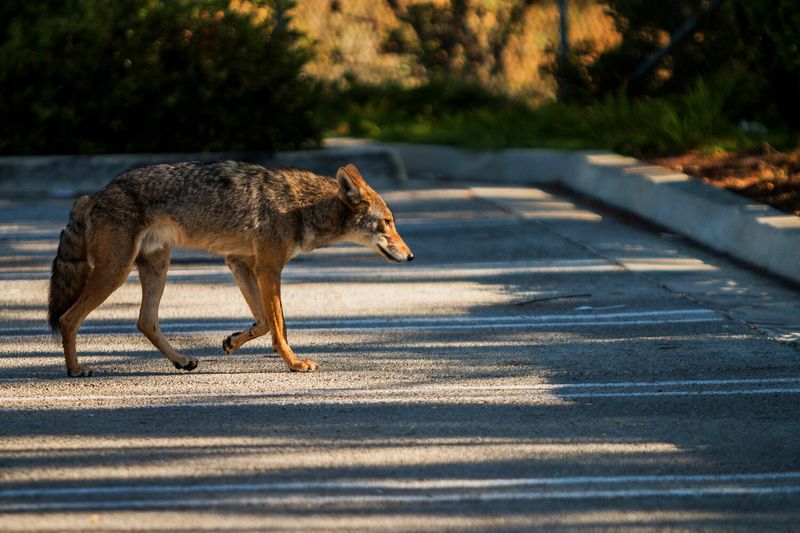
Urban coyotes have become masters of stealth in our cities. They’ve shifted to nighttime hunting to avoid human encounters while still finding plenty of rats and mice to eat.
Many have learned to use golf courses, parks, and even cemeteries as travel corridors. Their howls, once common in rural areas, are now rarely heard as they’ve learned silence helps them survive in human territories.
2. Raccoons

Masked bandits of the suburbs, raccoons have evolved from shy forest dwellers to confident urban explorers. Their problem-solving skills have dramatically improved, with city raccoons now able to solve complex puzzles their rural cousins cannot.
Studies show urban raccoons can remember solutions to challenges for up to three years! Their dexterous paws easily flip trash can lids and twist doorknobs, making them nature’s perfect burglars.
3. Squirrels
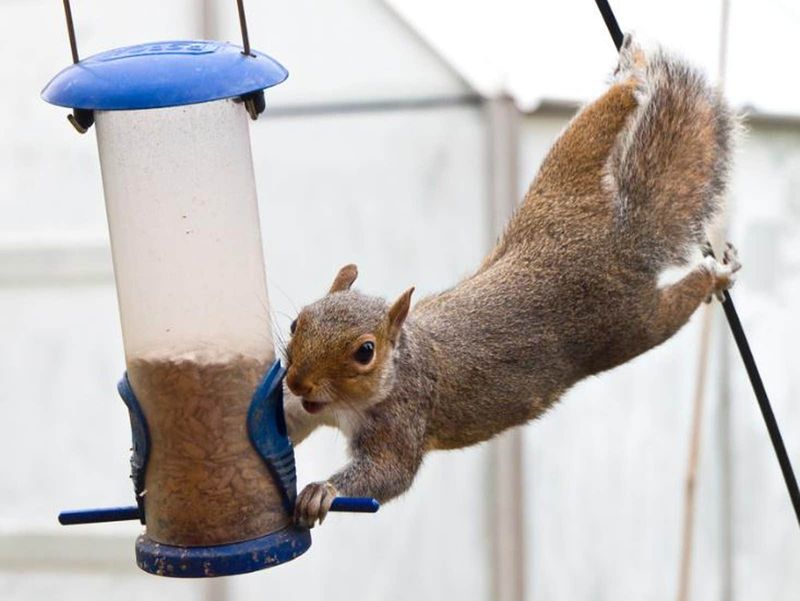
Remember when squirrels were shy creatures? Not anymore! These bushy-tailed acrobats have mastered the art of raiding bird feeders through increasingly complex strategies.
Some squirrels now plant fake caches to trick potential thieves, showing higher intelligence in urban environments. They’ve even learned to time their foraging with human schedules, appearing when parks are quietest and food scraps most abundant.
4. Bears
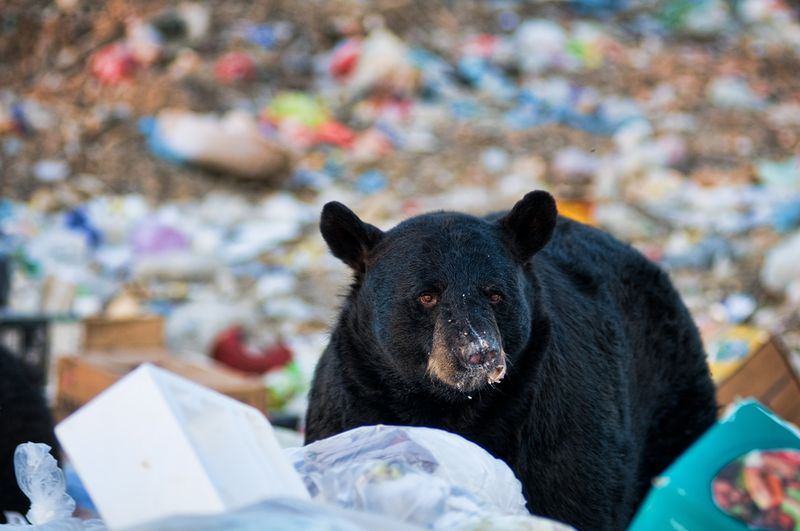
Bears have developed an uncanny calendar sense around human activities. In national parks, they now emerge precisely when campsites open for the season, knowing food will be available. Some bears can distinguish between regular garbage days in different neighborhoods!
Their cubs learn these human-related behaviors directly from mothers rather than through instinct, creating cultural transmission of adaptive behaviors.
5. Pigeons
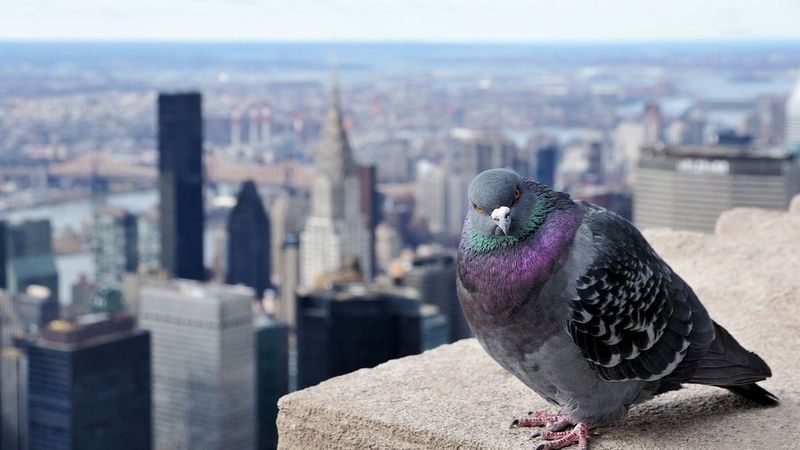
Skyscraper cliffs are what city pigeons now call home. These birds, descended from rock doves that nested on seaside cliffs, have completely reimagined urban architecture as their natural habitat.
Fascinatingly, city pigeons have developed stronger immune systems than their rural relatives. They’ve also learned to use subway systems for shelter in winter and have been observed timing their appearances at outdoor cafés with lunch hours.
6. Deer

Suburban deer have flipped their natural wariness into bold exploration. Once strictly forest dwellers, they now casually munch on prized garden plants while ignoring nearby humans. Their internal clocks have shifted too.
Many suburban deer now graze during daylight hours instead of dawn and dusk. This behavioral shift happens within just a few generations as fawns learn from mothers that humans pose little immediate threat.
7. Crows
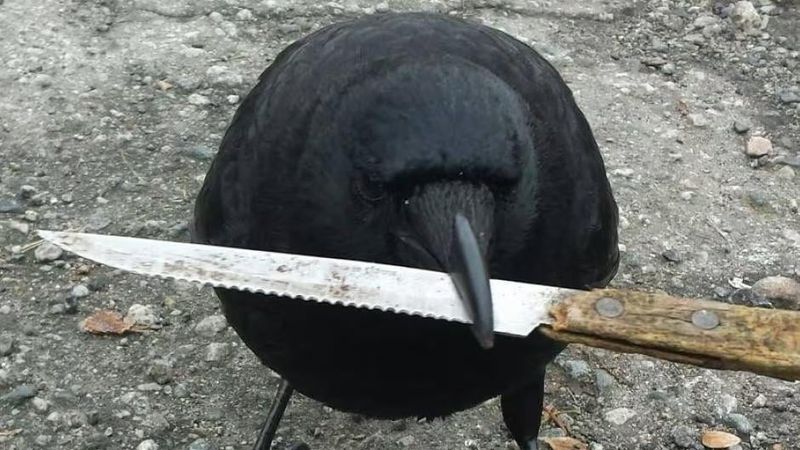
Genius birds have emerged in our cities! Urban crows fashion tools from human objects – straightening wire hangers to retrieve food and dropping nuts in traffic for cars to crack open. Most remarkably, they recognize and remember human faces for years.
Crows will warn their entire community about people who’ve threatened them before. Some city crows have even been observed collecting and playing with small trinkets, showing curiosity beyond survival needs.
8. Foxes
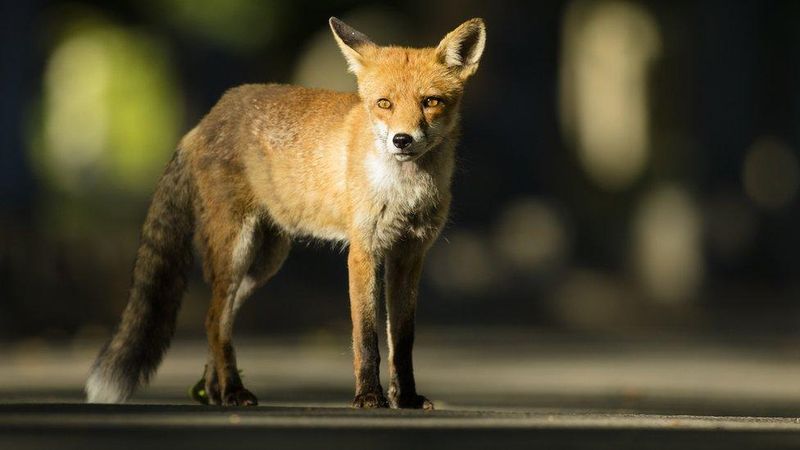
London’s red foxes have developed distinct personalities from their countryside relatives. City foxes are bolder, approaching humans more readily while developing specialized scavenging routes through neighborhoods.
Their vocalizations have changed too – urban foxes make less noise to avoid detection. Perhaps most surprising, city foxes have altered their diet dramatically, with some London populations getting nearly 40% of their food directly from human sources.
9. Wild Boars

Barcelona’s boars have turned into sophisticated garbage connoisseurs. Once forest foragers, they now coordinate group raids on city trash bins with surprising organization. Young boars learn from elders which neighborhoods put out the tastiest garbage and when.
Their snouts, evolved for digging up roots, now expertly flip dumpster lids. Some European cities report boars timing their appearances with specific garbage collection schedules.
10. Kangaroos

Australian kangaroos have developed a taste for suburban living. Golf courses have become their preferred habitat, offering manicured grass without the natural predators of the outback. Their hopping patterns have changed too – urban kangaroos take shorter, more frequent hops than their rural cousins.
Some populations have even adjusted their activity cycles, becoming more active during quiet morning hours when sprinkler systems activate on sports fields.
11. Penguins
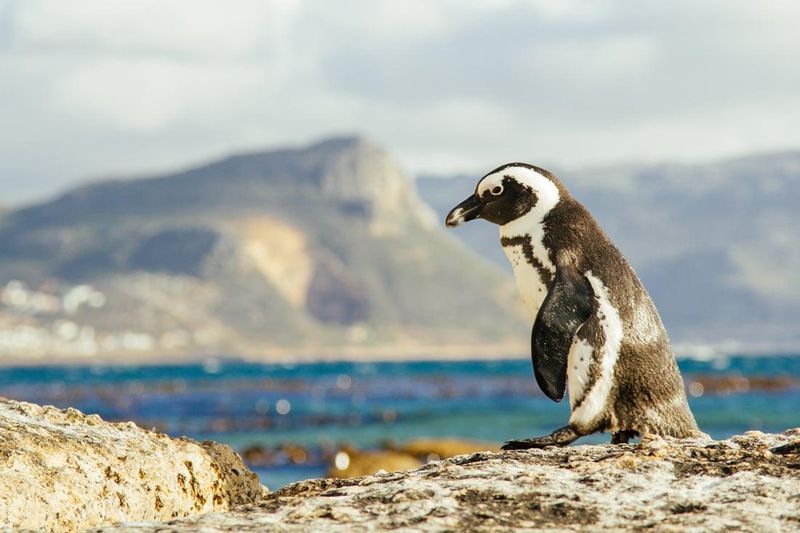
African penguins near Cape Town have dramatically altered their fishing schedules. Once daytime hunters, many now wait until evening when tourist boats have departed before heading out to sea.
Some colonies have developed preferences for nesting under boardwalks rather than in natural settings. Researchers have documented penguins adjusting their calls in response to increased human noise, using higher pitches that carry better over ambient tourism sounds.
12. Elephants
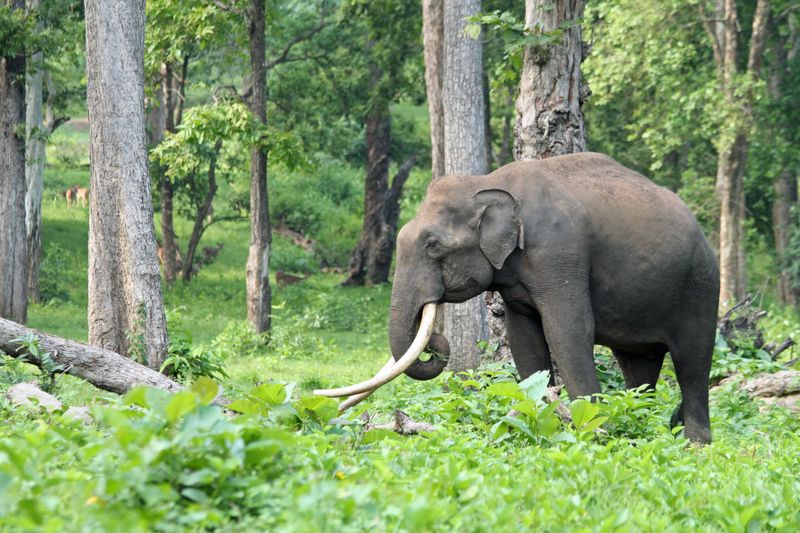
Silent nights have become the new normal for elephants near human settlements. These typically vocal animals now communicate through low-frequency rumbles inaudible to human ears when near villages.
Matriarchs have begun leading their herds on midnight raids of croplands rather than daytime foraging. Most remarkably, some elephants have learned to distinguish between electric fences that are active versus those that are turned off, testing them with sticks before passing.
13. Mountain Lions
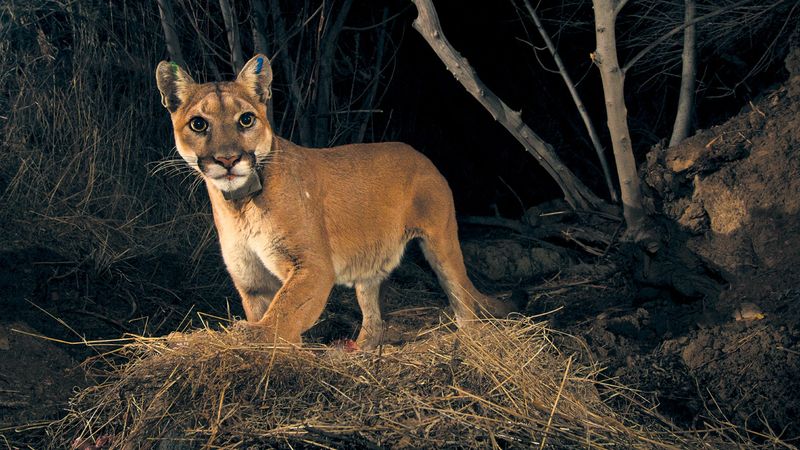
California’s mountain lions have become masters of urban navigation. Using creek beds, drainage systems, and underpasses as wildlife highways, they move through cities largely undetected. Their hunting patterns have shifted dramatically too.
Urban cougars now specialize in hunting raccoons and coyotes rather than deer. GPS tracking shows some lions living their entire lives within city limits, completely adapting to human presence while remaining nearly invisible.
14. Seagulls
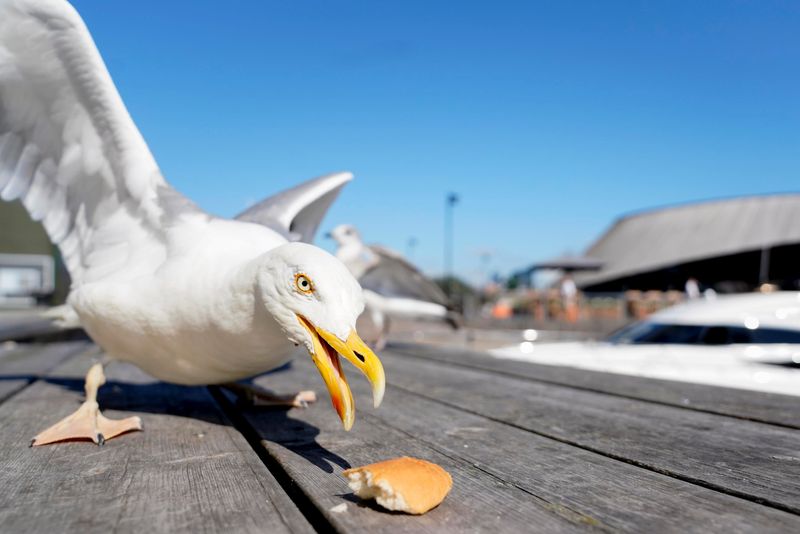
Beach thieves have evolved into calculated food snatchers! Seagulls along tourist beaches now study human body language to identify distracted people before swooping in for food. British researchers found gulls specifically target people looking at phones.
Their digestive systems have even adapted to process french fries and ice cream. Some colonies time their appearances with specific ferry arrivals, knowing tourists will bring food to predictable locations.


